The Sonata System is now part of Hologic
Hologic is a global leader in women’s health, committed to developing innovative medical technologies and offering minimally invasive solutions for heavy periods and fibroids.
The Sonata System is now part of Hologic
Hologic is a global leader in women’s health, committed to developing innovative medical technologies and offering minimally invasive solutions for heavy periods and fibroids.
Fibroids are benign growths in the uterus made up of hormone-sensitive muscle and connective tissue. They are incredibly common! These growths can vary in size and shape and may be located in different areas of the uterus. In most cases, fibroids do not cause any issues, but depending on their location and size, they can lead to heavy menstrual bleeding, pressure symptoms, and more. If your symptoms are affecting your quality of life, it is time for you to explore your treatment options!

By loading the video, you agree to YouTube's privacy policy.
Learn more
The right treatment for fibroids depends on several factors, including your symptoms, the size and location of the fibroids, and whether you plan to have children. The decision to preserve your uterus and your personal preferences also play a role, and your doctor will consider these factors when recommending a treatment plan. However, not all hospitals offer every treatment method, so it is important for you to be aware of your options:
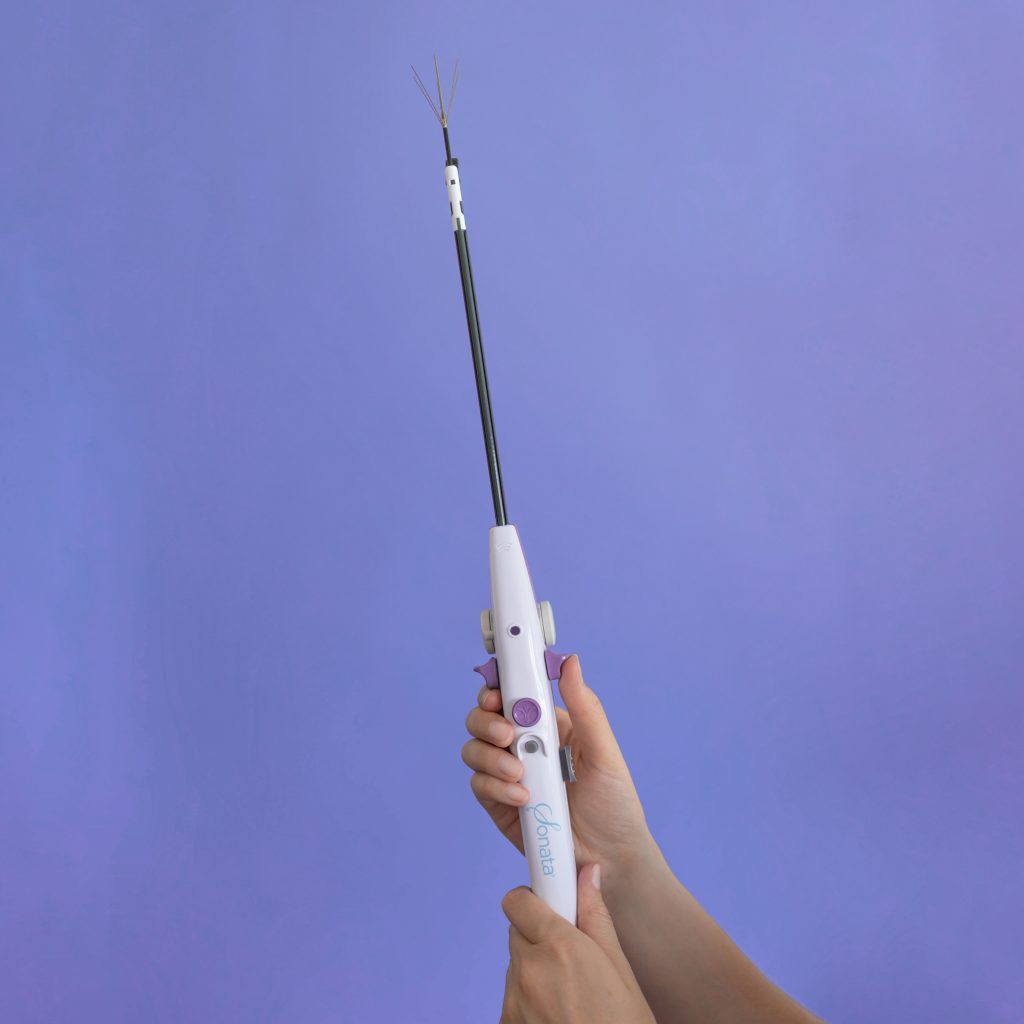
You may not have heard of Sonata before, but this treatment is gaining popularity in the U.S. and Europe due to its promising results in both clinical studies and patient experiences.
Sonata® is a modern, minimally invasive treatment designed to address symptomatic fibroids safely and without incisions while preserving the uterus (1). It works using transcervical fibroid ablation, a technique where the treatment device is inserted into the uterus through the vagina. Using ultrasound guidance, your doctor can locate each fibroid from the inside, target it precisely, and deliver focused energy through thin electrodes.
Over the following months, your body naturally breaks down the treated fibroid tissue, causing it to shrink and relieving your symptoms (2).
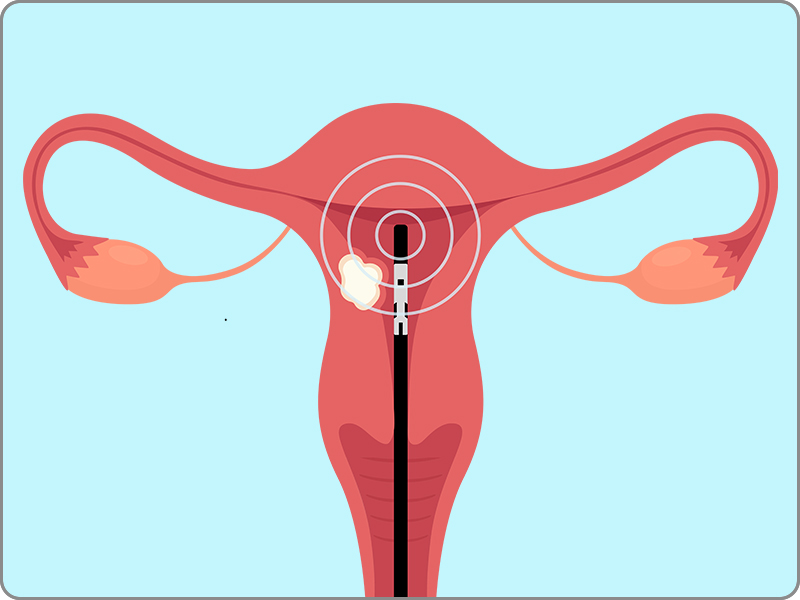
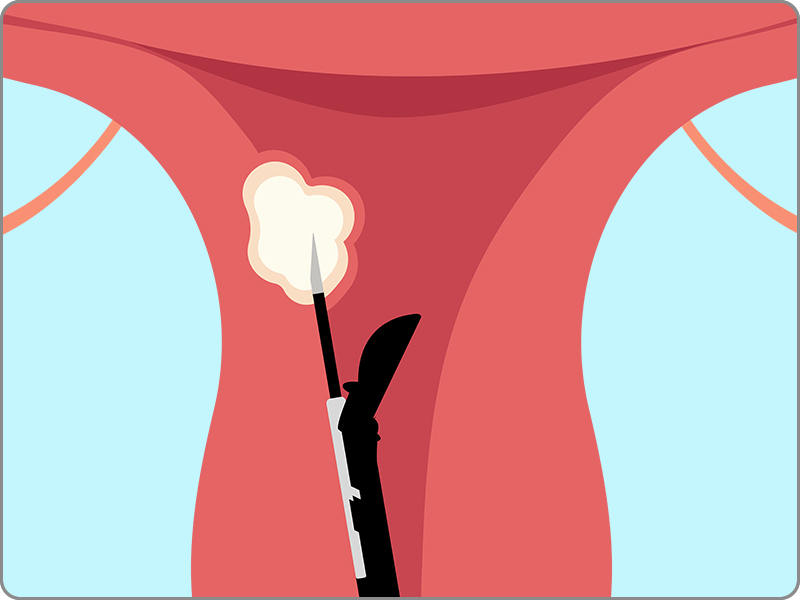
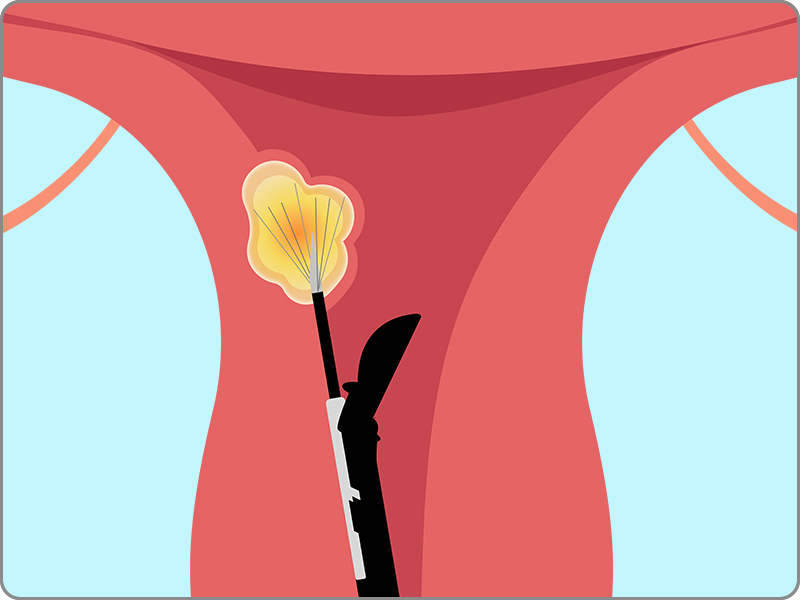
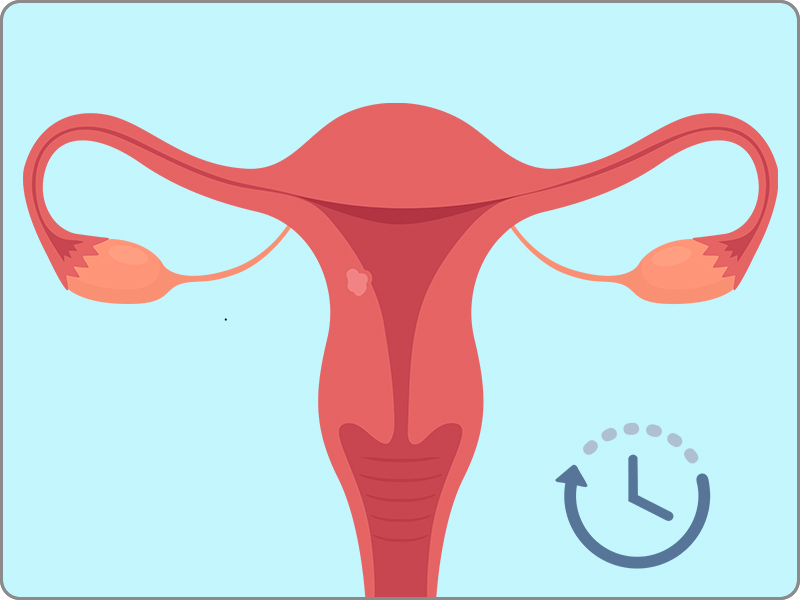
Step 1:
The treatment device is inserted through the vagina into the uterus. Fibroids are located with the ultrasound at the tip of the device.
Step 2:
A fibroid is targeted and fixed with a needle. Unique safety features help physicians target and heat fibroid tissue precisely.
Step 3:
Needle electrodes are extended into the fibroid and heat the tissue so it can be broken down by the body. The treatment takes only a few minutes per fibroid.
Step 4:
After treating the designated fibroids, the device is removed from the body. Over time, the fibroids shrink and symptoms improve.
In the SONATA study, fibroid patients who underwent the Sonata Treatment reported:
The most common side effects include bleeding, spotting, cramps, and/or discharge. Your doctor will discuss all potential side effects with you in detail. To learn more about the risks, you can visit this safety information page

By loading the video, you agree to YouTube's privacy policy.
Learn more

By loading the video, you agree to YouTube's privacy policy.
Learn more

By loading the video, you agree to YouTube's privacy policy.
Learn more

By loading the video, you agree to YouTube's privacy policy.
Learn more
If you are interested in exploring whether the Sonata Treatment is right for you, here is a simple guide to help you take the next steps, even if your GP has not heard of it yet.
Step 1: Talk to Your GP About Your Symptoms and Desire for Treatment
Step 2: See a Gynaecologist
Step 3: Get Treated at a Specialist Centre
Need Help?
If you or one of your physicians would like more information about where Sonata is offered or how to access it, contact us directly via the Contact Form.
Safety Information | Impressum | Terms of Use | Contact Us
Privacy Notice | Cookie Notice | Do not Sell/Share my Personal Information
Limit the Use of My Sensitive Personal Information | Carbon Reduction Plan
Gynesonics, Inc. | 200 Cardinal Way #250 | Redwood City, CA 94063 | (650) 216-3860
Copyright 2025 Gynesonics | WS 05195-002UK Rev D
![]()
![]()